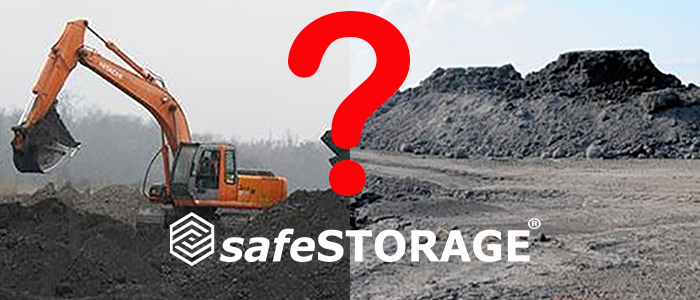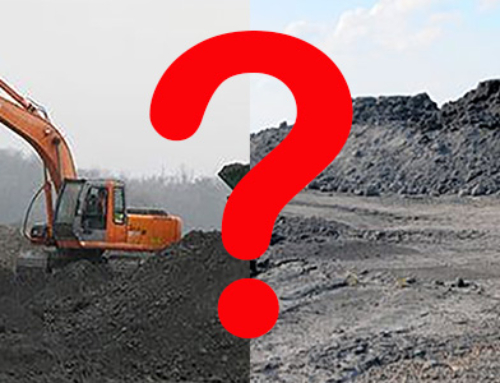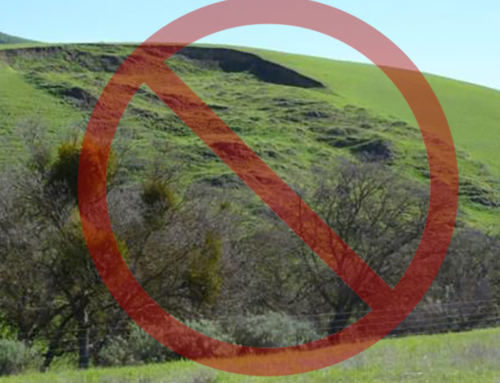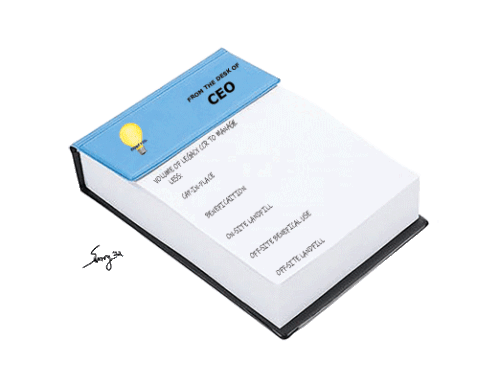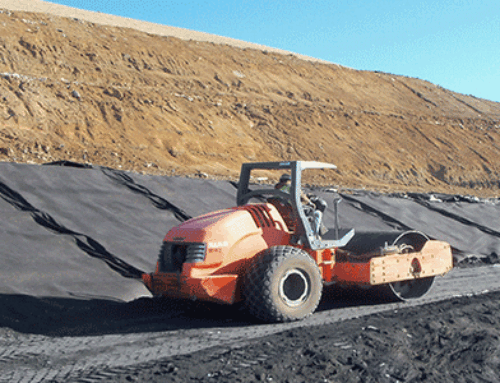K.I.S.S. Applies to Coal Ash Solutions

Imagine a community facing the dual crisis of severely dwindling solid waste disposal capacity at the same time its electric utility has been ordered by a federal judge to excavate and move a hazardous legacy coal ash pond to a lined landfill.
Unfortunately, this isn’t fantasy. Nashville, Tennessee, is one such example of a community wrestling with these issues today. The two problems may seem unrelated, but technology exists to make them part of each other’s solution if you look at the big picture and think creatively.
On the solid waste side, Tennessee’s largest landfill, Middle Point, which serves Nashville and many other localities, will run out of capacity in eight to nine years based on current daily volume, according to its owner. Outside observers believe any number of unforeseen events could increase volumes and force closure in as few as five years. Reasons include a recycling rate well below the national average and a building boom from the economic recovery that’s generating an over-abundance of waste.
One solution proposed for when the landfill closes is to truck the waste to other landfills in Kentucky and Tennessee, incurring the expense of long-distance hauling.
As for the coal ash, about 14 million cubic yards of it sit in an unlined pond at Gallatin, with potential to leach arsenic, mercury and lead into the Cumberland River. A federal judge has ordered the Tennessee Valley Authority (TVA) to excavate the coal ash and move it to a lined landfill. Because there’s little evidence that the river has been affected so far, although groundwater issues do exist near the pond, opponents of the ruling say the excavation order is disproportionately harsh and to cap in place would be sufficient.
One innovative solution to help alleviate both problems is to move some of the coal ash to Middle Point for use as fill in macroencapsulated berms around the landfill. This would extend the landfill’s life by years and render the coal ash completely inert and harmless.
Murfreesboro and Gallatin are about 45 miles apart, so that’s how far the coal would have to travel. Solid waste would continue to go exactly where it’s always been, with no interstate hauling required.
Cost-effective remedies for TVA Gallatin’s problems are close at hand with innovative thinking. Cap in place isn’t an option; proper CCR deposition is required. So why not keep it “local” and put it to beneficial use wherever possible?
Macroencapsulation fills the judge’s requirement for a lined repository, and innovation, when applied, can solve multiple problems for all stakeholders. When the private sector works with public entities to find mutually beneficial solutions that can be implemented in the simplest and most direct ways, everybody comes out ahead.

